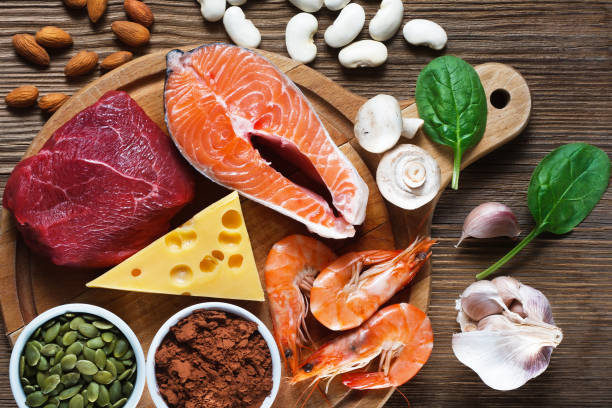Zinc: Know the Benefits of This Element
July 13, 2022

Zinc is an important nutrient that plays various roles in your body. As it is an essential nutrient, your body doesn’t make it and you must get it from food or supplements.
Let’s understand more about this nutrient!
Zinc Benefits
Zinc is a nutrient with countless health benefits. It is the second-most abundant mineral present in your body. Some of its important functions are:
Protein synthesis
Boosts immune system
Wound healing
Reduces the risk of age-related disorders
Prevents inflammation
Side-effects of Excess Consumption
As with all other nutrients, taking too much zinc can be harmful to health. A higher dose of selenium is seen to have fatal and toxic effects.
Some symptoms of high zinc levels are:
Nausea and vomiting
Abdominal cramps
Loss of appetite
Headaches
Deficiency of Zinc
Severe zinc deficiency is rare and seen only in specific conditions, such as genetic mutations or alcohol abuse. Some common symptoms of zinc deficiency include:
Thinning hair
Mood disturbances
Fertility issues
Diarrhea
Dry skin
Reduced appetite
Decreased immunity
Impaired wound healing
Recommended Daily Allowance
Your recommended daily allowance of zinc may depend on various factors, such as disease conditions and age.
Life Stage | Upper Limit |
0– 6 months | 4 mg |
7–12 months | 5 mg |
1–3 years | 7 mg |
4–8 years | 12 mg |
9–13 years | 23 mg |
14–18 years | 34 mg |
Above 18 years of age | 40 mg |

Zinc Rich Foods
Some examples of selenium-rich foods are:
Meat such as pork and beef
Shellfish
Fish
Chicken
Nuts and seeds
Legumes and dals
Eggs
Dairy products such as milk, cheese, yogurt
Whole grains such as wheat, quinoa, oats, and brown rice
Mushrooms
Interesting fact:
“Animal products, such as meat and shellfish, have high amounts of zinc in a form that is easily absorbed by your body.”
We have started a A-Z, blog-series on nutrients, covering all your vitals in one place! Write to us at info@labelblind.com if you would like a specific nutrient of interest to be covered, we would love to keep that as our priority!
References:
https://www.ncbi.nlm.nih.gov/pmc/articles/PMC5098396/
https://www.ncbi.nlm.nih.gov/books/NBK201520/
https://www.ncbi.nlm.nih.gov/pmc/articles/PMC6412427/
https://www.consumer-voice.org/food/indian-guidelines-on-dietary-salt/

Rashida Vapiwala (Founder at LabelBlind®, Food Label Specialist, Ph.D (Food Science and Nutrition))
Rashida is passionate about solving problems for the food industry using technology. She loves creating tech-led solutions in the space of Nutrition.
